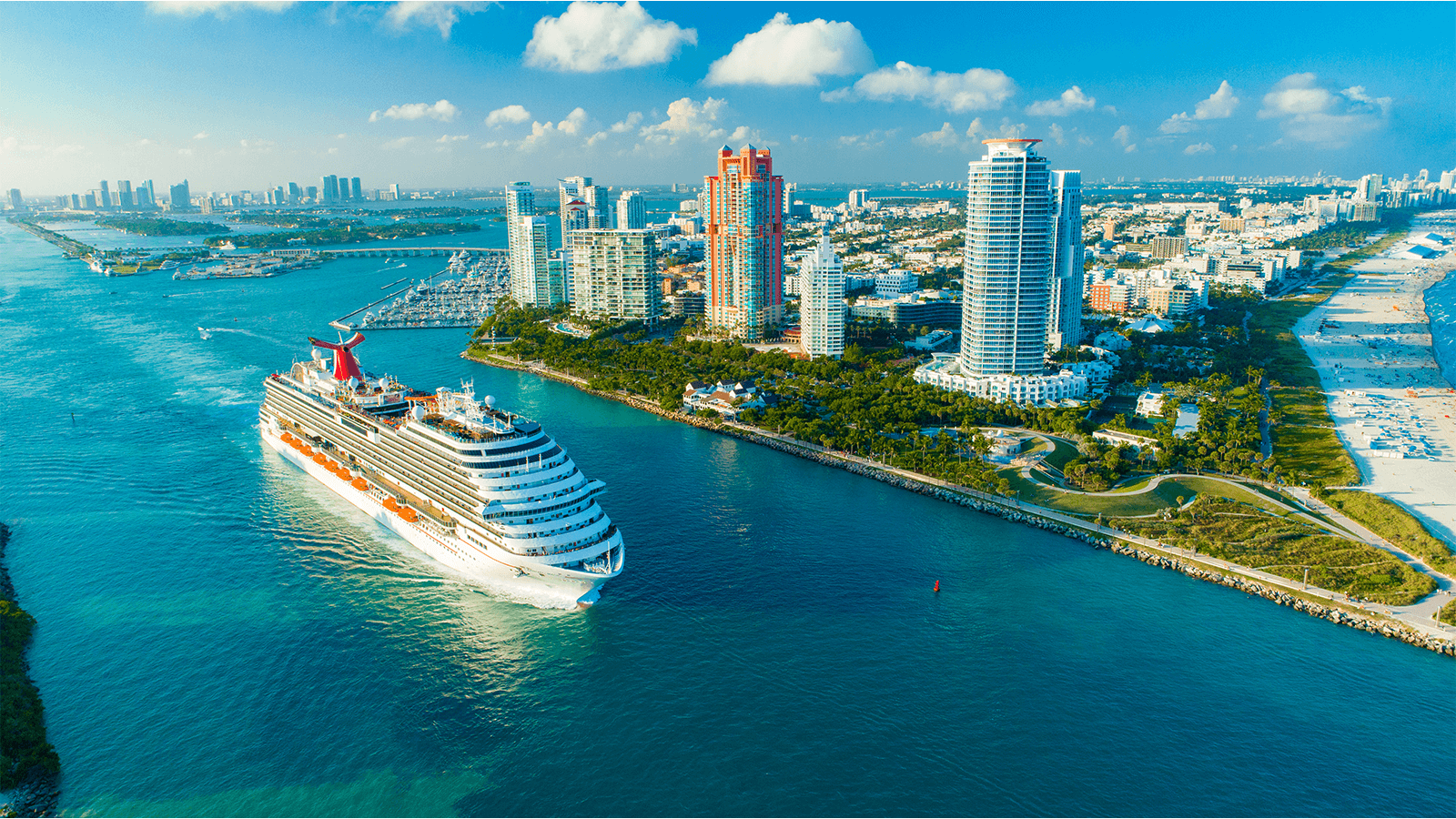
Holland America Line
Holland America Line, which has been sailing for 150 years, visits 400 ports in 114 countries every year. Dutch heritage shines through in some of the $4million-worth of artwork to be seen onboard, complimenting the luxurious cruise experience.
Live music remains HAL's forte, with venues including the Rolling Stone Rock room and BB King's Blues Club. For foodies, a wide range of restaurants serve the finest of fayre.
1964
Passengers
817
Crew
2001
Launched
2015
Last refit
82305t
Tonnage
285m
Length
32m
Width
24kts
Speed
11
Decks
USD
Currency
Cruise Itinerary
Ship Details


Holland America Line
Zuiderdam
Classic nautical finishes, modern amenities and a spectacular art collection make Zuiderdam a continued favourite. Numerous enrichment and entertainment activities keep guests going from the moment they wake on this cruise ship.
Cabins
All Prices












